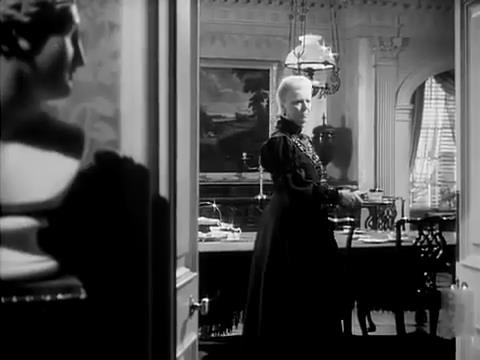The
Devil’s Foot
Three dead card-players sitting erect at table.
The fourth dead at home.
An African explorer with a different sort of gravel.
Holmes on holiday.
High Treason
The Whiskey War of 1950, fought by America (the
“Atlantic States”) and Europe, Federated, a case of felony and small beer.
A border incident jacked up by agitators, the World
League of Peace (London) tries to keep it.
This is notably in advance of Menzies’ Things to Come, but also Pascal’s Major Barbara (“make war on war”), and
somehow, in the quaint dancing and supper club entertainment of the future
(music supplied by a technician with his Phantome Orchestre), the youthful amusements of Logan’s Run (dir. Michael Anderson), Radford’s
1984 picks up a note.
The Channel Tunnel is destroyed by a bomb and it’s
off to the races (air war on cities is foretold).
The peace party contingent of father and daughter
figures of course in Hitchcock’s Foreign
Correspondent.
Pockets lined, the agitators arrange for Peace League
headquarters to be bombed.
Finally the question of guilt, decided at the Old
Bailey (cf. Rossen’s All the King’s Men or Asquith’s Libel), a higher court is mentioned.
Ernest Marshall of the New York Times pronounced upon Art and Money and Hitchcock, “High Treason suffers from many of the
same defects as those which limited the appeal of Blackmail. To begin with, it doesn’t wash water.” He reviewed the
talkie version, which is said to differ in some particulars.
Halliwell’s
Film Guide, “tired... primitive”.
The Phantom Fiend
This is the American rescension of Elvey’s The Lodger, evidently a film about twenty-five years ahead of
its time (Halliwell describes it as “a minor British film”) in the beauty of
its technique and the thoughtful manner in which the schematic workings of
Hitchcock’s original are fleshed out.
Variety was impressed enough to wish for
more of the same.
The Clairvoyant
Alas, Churchill was “a voice in the wilderness”.
An account of a music-hall artiste blessed with second sight by a
mistress whom he forsakes, in the end, on a sojourn in America.
Hitchcock probably cannot be understood without reference to such a
precedent as Elvey (cp. The 39 Steps).
Trans-Atlantic Tunnel
The forward-thinking of Elvey’s films is called for in a vision of the war
and the years after.
The metaphor is the title, begun after the Channel Tunnel (1940). This
is the Anglo-American alliance, capitalized on the stock exchange.
Sennwald of the New
York Times
admired the venture but ignored the drama of wives and sweethearts. Time Out Film Guide sophomorically assessed the
significance but liked the verve, anyway.
The Lamp Still Burns
The nursing profession, a calling not answered for extraneous reasons,
either one’s heart is in it or it is not.
Precisely this, and in wartime, which hardly counts for much in view of
the terrible rigor in the training and the ever-present need. Still more,
possibilities of amelioration there, something more humane.
And opposed to this, a tacit bill of divorcement, the professional
woman not female, unhappy and destructive.
The medical profession breezes through the film as later in Miller’s Captain Newman, M.D., Father Christmas and all.
Homage to Nightingale and Cavell behind the credits,
which bring us to “1943”.
The Late Edwina Black

“There’s nothing of her anywhere.” Glad to see her go is Mr. Black, his
mistress as well, “far too good-looking to be a companion.”
The village schoolmaster, a song of the degrees.
Honeymoon in Venice per Lord Byron (“Otway, Radcliffe, Schiller, Shakespeare’s art, / Had stamp’d her image in me”),
forestalled by Scotland Yard.
“D’you want to go in
there, Sir? It’s a greenhouse.”
“Yes, Ma’am. My Scotland Yard training had enabled me to deduce that.”
Rebecca, Suspicion (dir. Alfred Hitchcock), the housekeeper is most censorious, the lovers
suspect each other. “I think it’s because he is so ordinary that he frightens
me. I can feel the full weight of the Law behind him.”
H.H.T. of the New York Times, “an excruciating waste of
talent... stifling and farfetched bore” (as Obsessed). TV Guide, “isn't developed with any sense of style.” Halliwell’s Film Guide, “adequately suspenseful
Victorian thriller”.
Stephen Dade cinematography, score Allan Gray.